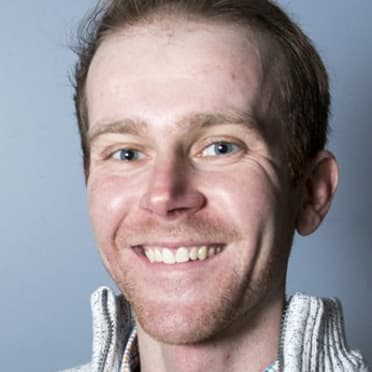PEORIA, Ariz. -- The Mariners’ bullpen suffered another setback on Tuesday, when Gregory Santos underwent an MRI that revealed a mild lat strain that will sideline him at least a few weeks.
Santos, who’d been delayed with soreness in another area of his shoulder, will now join Matt Brash on the 10-day IL when the Mariners unveil their 26-man roster for the March 28 opener against Boston at T-Mobile Park.
“I wasn’t projecting him to be ready by Opening Day,” manager Scott Servais said. “Everything was going to have to go perfect for that to happen, so I would say there are a couple [bullpen] spots that are open.”
Here’s a look at the ripple effect of Santos’ setback, and the state of Seattle’s 'pen:
Who’s the closer?
The Mariners haven’t operated with a standard closer for much of the past three seasons, instead inserting their highest-leverage arms into pockets based on a game’s most critical moments.
However, they’ve hinted that might change this year in an effort to be more deliberate about Andrés Muñoz's usage. By only using Muñoz with leads in the ninth inning -- rather than, say, in a tie game or an earlier one-run deficit -- they could better manage and predict his workload. At this time last year, Muñoz was coming off ankle/heel surgery, then was sidelined two months with a right deltoid strain just after Opening Day.
Muñoz split time with Matt Brash in the closer role after Seattle traded Paul Sewald, but with Brash down at least another few weeks and the closer plan being more centered on Muñoz as is, that should be the play for April.
Who's the setup man?
Ryne Stanek's signing all of a sudden becomes an early insurance premium, as he should see an even more pronounced role after signing a one-year, $4 million deal last week.
Most of Stanek’s numbers last season were worse than his career marks, but he still has elite stuff and World Series experience. He’s also eager to see what the Mariners’ well-chronicled pitching lab can uncover.
“From afar, you see the stuff,” Stanek said, “and then what the stuff has turned into as well as the seasons have gone on. ... As a pitcher and somebody that wants to get better, it's a really cool thing to watch and now to be a part of.”
Who are the pivot guys?
Unheralded, but just as critical, are the arms that bridge their starters to the late innings, and enter into jams with runners on base.
This is the spot where under-the-radar names have grown into prominent roles, notably Sewald and Justin Topa, along with Tayler Saucedo and Gabe Speier, who could still see action here but will also be counted on in leverage given the current bullpen construction.
“We put so much value on that pivot role,” Servais said.
Among the new faces who are candidates include Cody Bolton, Ty Buttrey and Tyson Miller, who Servais said has similar stuff to Sewald. Carlos Vargas is another newcomer and certainly has the velocity and stuff, but he'll need to consistently throw strikes.
Who are the multi-inning guys?
Gone are the days of a “long man” designation, but Servais still values arms that can pitch for more than three outs -- especially in April, when the Mariners will be monitoring young starters Bryce Miller and Bryan Woo.
The Mariners had already been stretching out Austin Voth and Trent Thornton for those spots this spring, and Saucedo showed in spurts last year that he could handle it. Tyson Miller fits this label, too.
“Where it helps is if you're down in the game, and you can extend a guy out, it may save you from using another guy to finish that game out,” Servais said. “And now you're fresher the next day.”
Who are we not talking about yet?
It’s worth noting the key relievers who weren’t on Seattle’s Opening Day roster in recent years include Sewald in 2021, Penn Murfee in ‘22, and Topa, Speier and Saucedo in ‘23. One common trait of each was that they had Minor League options, which will factor into the Mariners’ roster decisions in the early leg of the season.
So, even if they’re not there on March 28, players like Buttrey, Bolton, Miller, Joey Krehbiel, Mauricio Llovera, Collin Snider and more could contribute at some point.
“We don't put too much on their plate,” Servais said. “We try to pick the right spots and then hopefully, they keep graduating and you put them in higher leverage and they take off and run with it, and you look up and say, ‘Wow, what do we got here?’”
